
Top 8 Disaster Recovery as a Service (DRaaS) Solutions
Discover the top 8 Disaster Recovery as a Service (DRaaS) solutions—features, benefits and use cases to cut downtime, minimise data loss and meet compliance.
Published on October 27, 2025
Last updated on November 27, 2025
Policies define how organisations operate, comply, and stay resilient. Yet as organisations scale, maintaining visibility over hundreds of documents, updates, and employee acknowledgements becomes complex. Manual tracking through spreadsheets or shared folders often leads to version confusion, compliance gaps, and audit failures.
Policy management software provides a centralised, automated way to create, approve, distribute, and track policies across the business. It helps ensure that the right people have access to the right versions, that acknowledgements are logged, and that compliance evidence is easy to demonstrate when required. For resilience and governance leaders, this means greater control, transparency, and alignment between policy and practice.
In this article, we’ll explain what policy management software is, the key features to look for, and review the leading providers in 2025.
Policy management software is designed to help organisations streamline the lifecycle of their internal policies — from creation and review through to approval, distribution, and compliance tracking. It enables businesses to manage their policies efficiently, maintain version control, and demonstrate compliance with internal and external regulations.
These platforms serve as a single source of truth for all policy documentation, allowing different teams to collaborate while maintaining oversight and accountability. Policy management tools are essential for industries with strict compliance requirements, such as finance, healthcare, and energy, but are increasingly adopted by all organisations looking to improve governance and risk visibility.
An effective policy management platform should simplify compliance and eliminate manual effort. Look for these key features when assessing options:
A unified platform where all policies are stored, easily searchable, and version-controlled. This ensures that employees always access the latest approved document.
Automations to manage policy creation, review, approval, and publication processes. This reduces administrative workload and enforces accountability.
Allows managers to monitor who has read and confirmed understanding of policies. This feature is essential for audit readiness and compliance evidence.
Tracks edits, revisions, and approvals, ensuring older versions are archived and only the current version is active.
Provides detailed logs and reports showing policy history, user actions, and compliance status, helping to demonstrate adherence to regulatory requirements.
Links with HR, LMS, or GRC systems to sync employee records and training compliance data, ensuring policy updates align with broader governance frameworks.
Restricts access to sensitive documents and ensures policies are visible only to relevant teams or individuals.
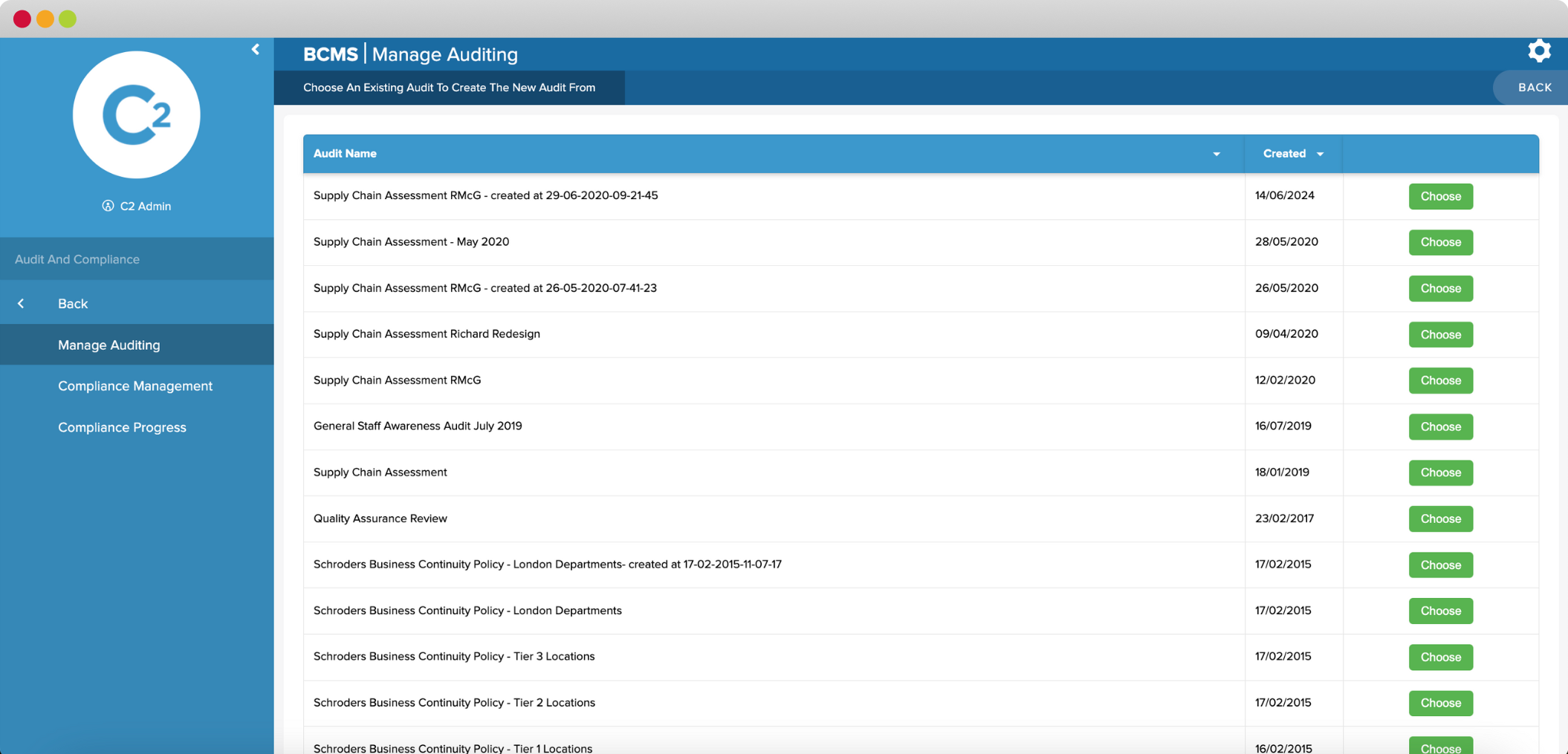
Continuity2 offers a comprehensive, industry-leading policy and document management solution built to support compliance, governance, and resilience strategies. Designed for organisations managing large and complex policy environments, it provides full lifecycle control — from drafting to publishing and compliance monitoring — within one secure platform.
Key Features:
Best for: Compliance and resilience leaders seeking a scalable and auditable policy management framework.
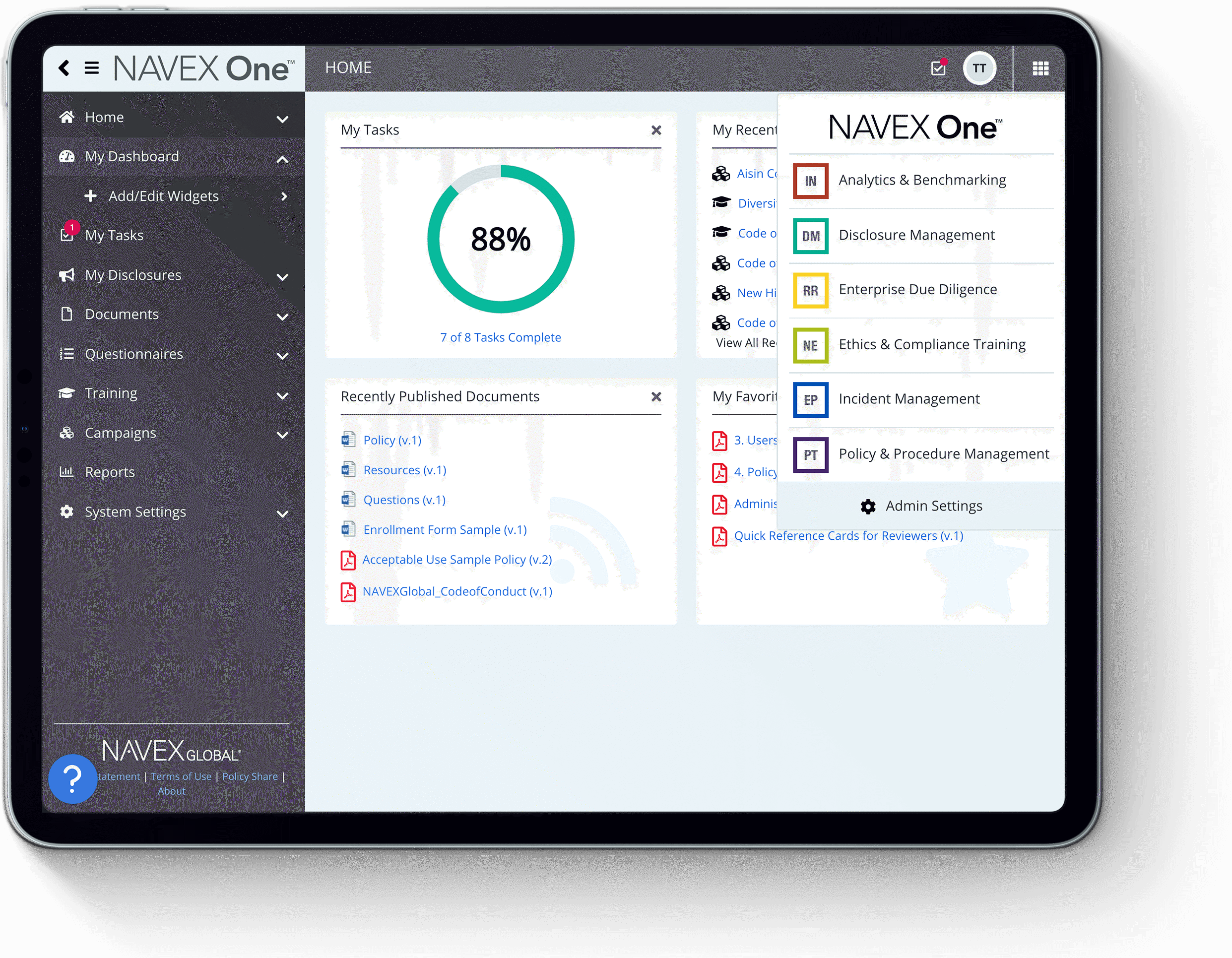
NAVEX centralises policy and procedure management with strong integration to its compliance suite. Its templates, automated distribution, and tracking make it popular across regulated sectors.
Key Features:
Best for: Large enterprises with extensive compliance requirements.

PowerDMS focuses on simplifying policy management for public sector and healthcare organisations. It includes e-signature tracking, training integration, and compliance reporting.
Key Features:
Best for: Public sector and healthcare institutions.

Mitratech supports organisations in managing policies and procedures globally. It offers detailed workflow customisation and powerful compliance monitoring tools.
Key Features:
Best for: Multinational organisations with complex compliance frameworks.

Collaboris extends SharePoint’s capabilities to deliver targeted policy distribution and tracking. It’s ideal for organisations already invested in Microsoft infrastructure.
Key Features:
Best for: Businesses using Microsoft SharePoint and Office 365.
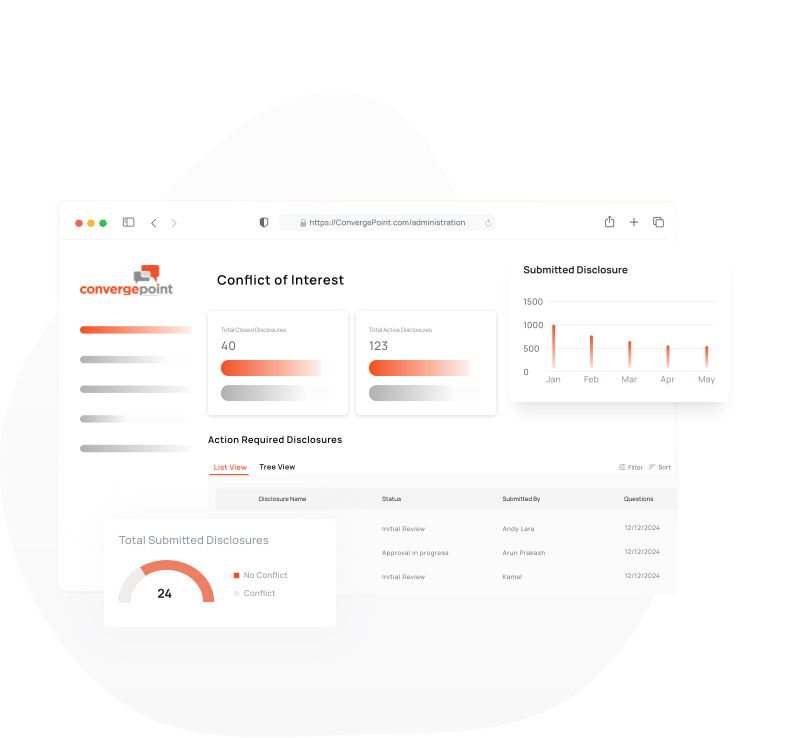
ConvergePoint provides a policy management solution that runs on Microsoft 365, supporting highly regulated industries. It automates document creation, approval, and employee sign-off.
Key Features:
Best for: Regulated industries, especially financial and healthcare sectors.
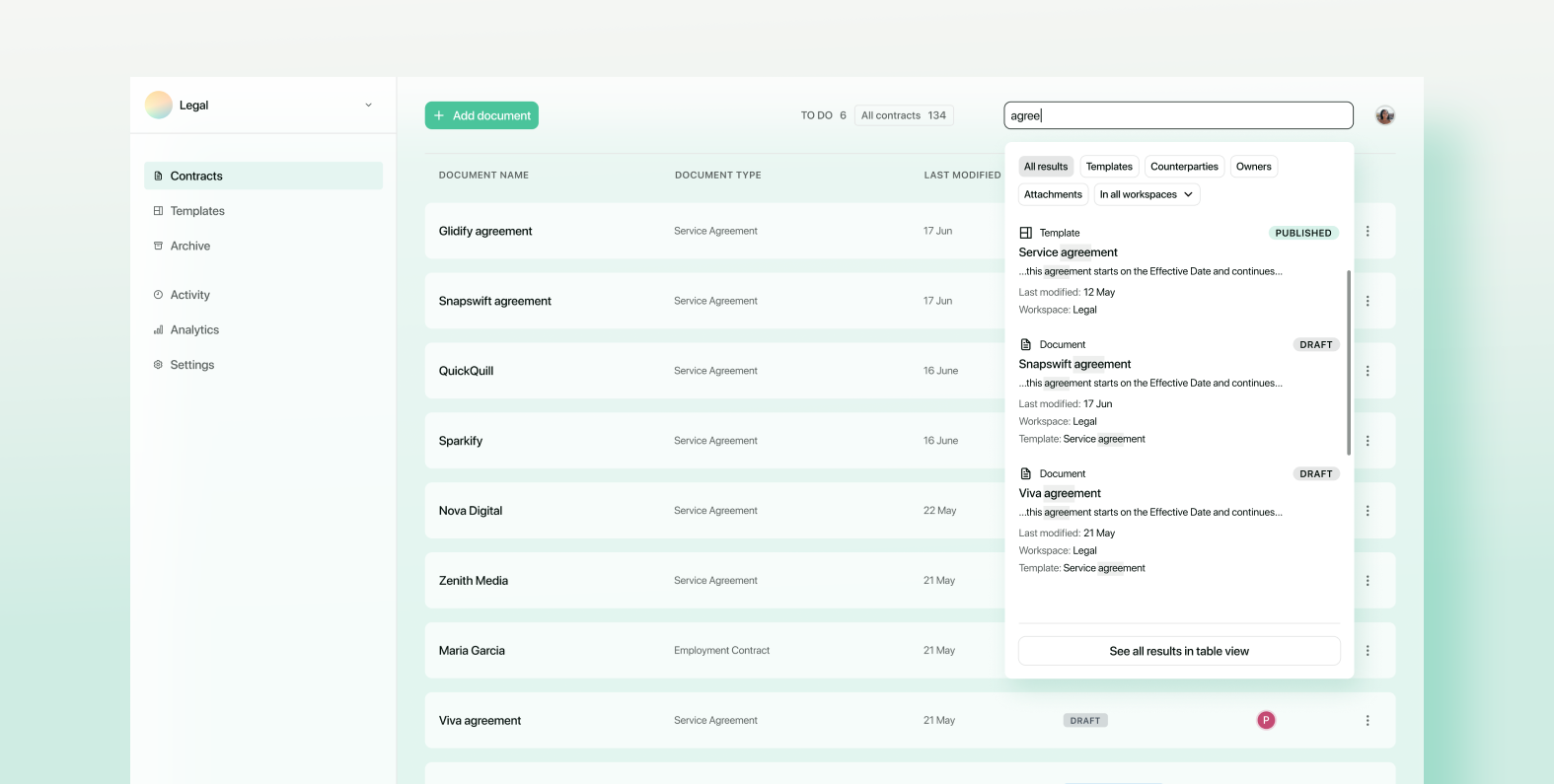
Juro offers a policy and contract automation platform with intuitive design and collaboration features. It simplifies drafting, editing, and version control within a browser-based environment.
Key Features:
Best for: Organisations seeking modern document automation for policies and contracts.
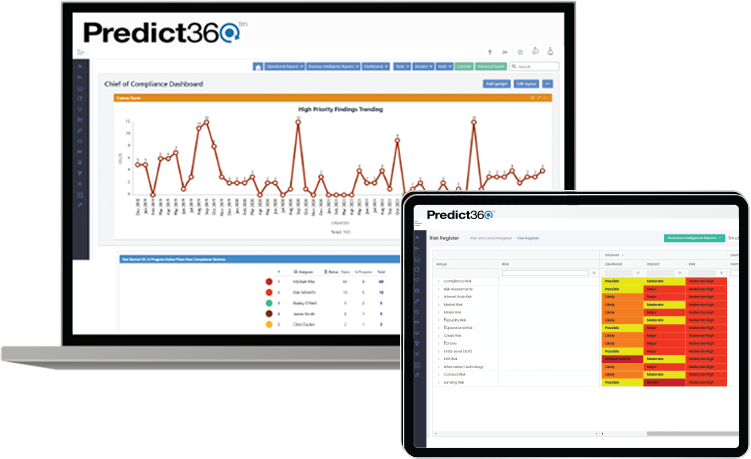
360factors combines policy management with broader risk and compliance tools. It helps automate policy updates, regulatory tracking, and employee certifications.
Key Features:
Best for: Financial services and risk-led organisations.

ComplianceBridge offers a simple yet robust policy management system that tracks distribution, acknowledgements, and comprehension tests.
Key Features:
Best for: Organisations needing structured policy communication and testing.
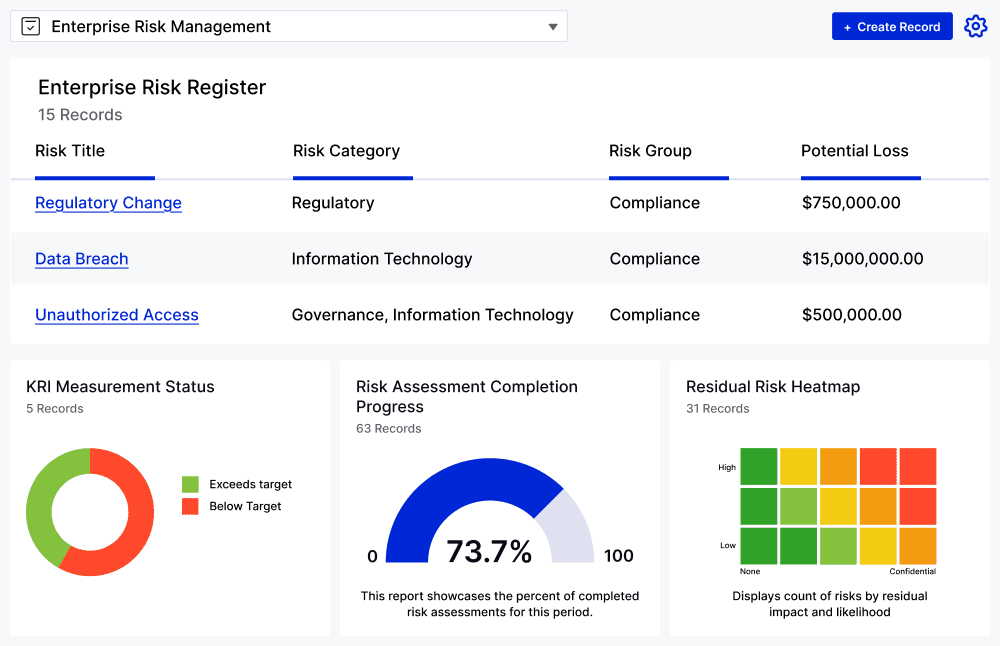
LogicGate integrates policy management into its Risk Cloud platform, creating a unified risk and compliance environment.
Key Features:
Best for: Mid to large enterprises seeking a unified GRC solution.
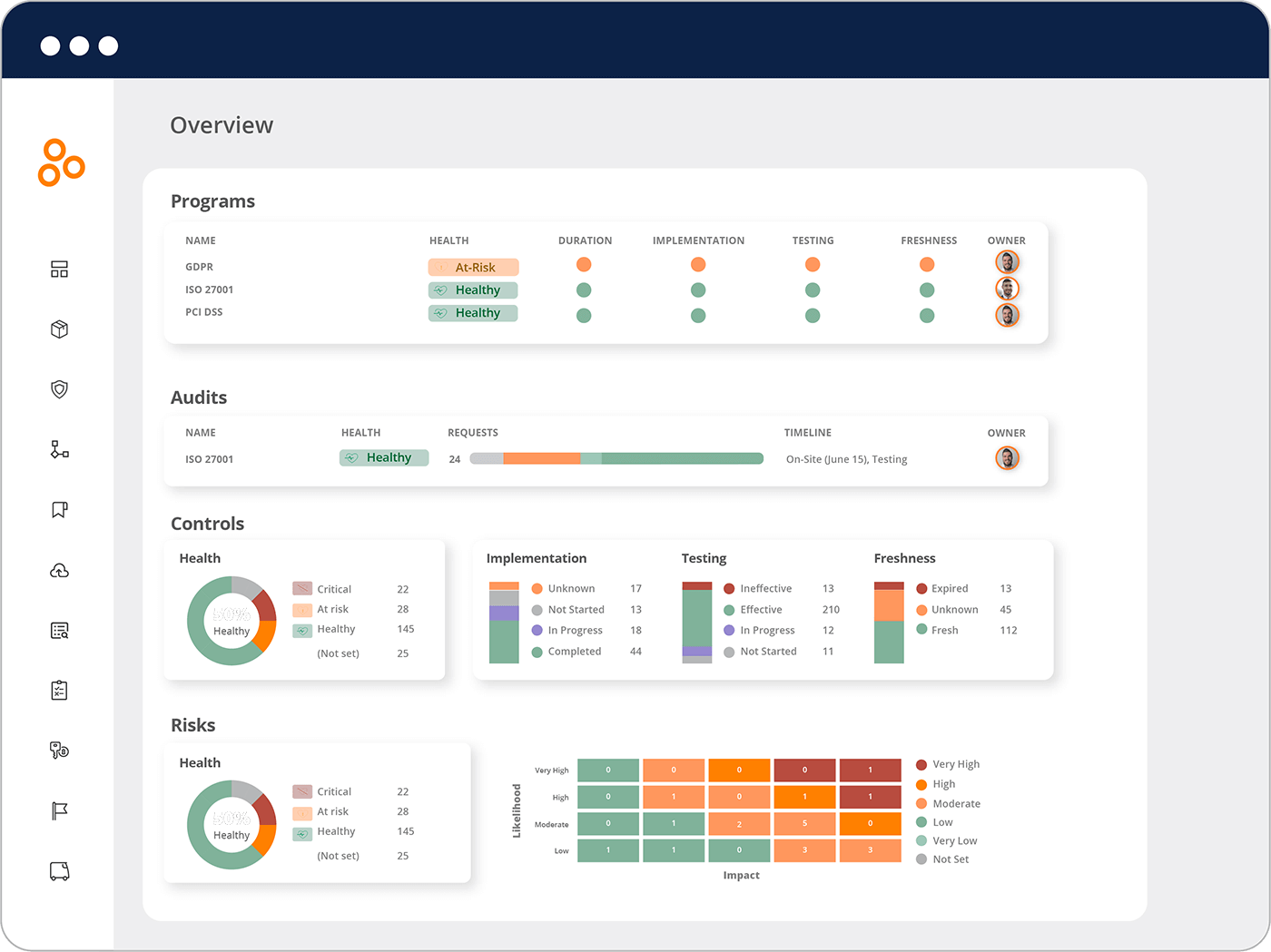
Hyperproof provides a compliance operations platform that includes strong policy management features integrated with its control management tools.
Key Features:
Best for: Teams aligning policies directly with compliance frameworks.

SAI360 delivers a mature, scalable platform covering GRC, ethics, and compliance. Its policy management module helps global organisations maintain consistent governance across business units.
Key Features:
Best for: Global enterprises managing complex policy environments.
Policy management software empowers organisations to maintain compliance, improve efficiency, and strengthen governance by automating and centralising the entire policy lifecycle.
By maintaining version control, tracking acknowledgements, and recording full audit trails, policy management software simplifies compliance reporting. This transparency reduces audit stress and strengthens regulatory confidence.
Automating policy approvals, reviews, and updates reduces manual effort and the likelihood of human error. Teams spend less time managing documents and more time improving policy effectiveness.
With all policy data stored in one platform, organisations gain complete oversight. Dashboards show adoption rates, overdue acknowledgements, and upcoming renewals, helping leaders act proactively.
Automated tracking and reporting improve accountability by showing who created, approved, or reviewed each policy. This establishes clear ownership and governance.
When policies are current, accessible, and well-communicated, organisations can respond to incidents consistently and confidently, strengthening resilience and continuity.
Policy management is no longer a back-office task. It’s central to maintaining compliance, mitigating risk, and enabling operational resilience. As regulatory expectations increase, organisations must adopt tools that provide automation, traceability, and control.
Continuity2’s Meridian offers a unified platform that combines policy management, compliance oversight, and operational resilience capabilities. It supports organisations in aligning governance frameworks with real-time data and actionable insights.
Book a Demo with Continuity2 to learn how your organisation can centralise policy management and strengthen compliance across every department.
Founder & CEO at Continuity2
With over 30 years of experience as a Business Continuity and Resilience Practitioner, Richard knows the discipline like the back of his hand, and even helped standardise BS25999 and ISO 22301. Richard also specialises in the lean implementation of Business Continuity, IT Service Continuity and Security Management Systems for over 70 organisations worldwide.


Founder & CEO at Continuity2
With over 30 years of experience as a Business Continuity and Resilience Practitioner, Richard knows the discipline like the back of his hand, and even helped standardise BS25999 and ISO 22301. Richard also specialises in the lean implementation of Business Continuity, IT Service Continuity and Security Management Systems for over 70 organisations worldwide.

Discover the top 8 Disaster Recovery as a Service (DRaaS) solutions—features, benefits and use cases to cut downtime, minimise data loss and meet compliance.

Discover the top 8 cybersecurity software solutions that protect against evolving threats while enhancing enterprise compliance and resilience.
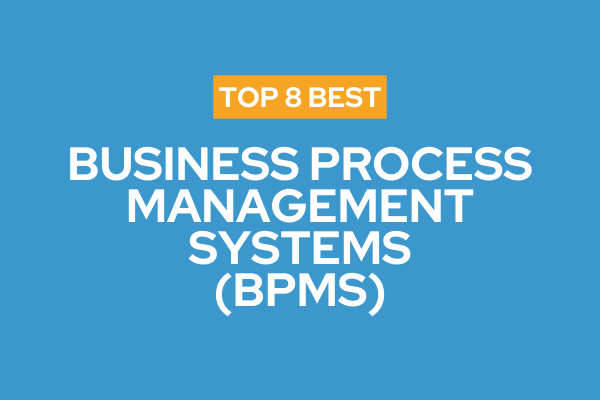
Discover essential tips for selecting the best business process management software tailored to your needs. Read the article to make informed choices.

Discover the top 8 dependency mapping tools for 2025—gain full visibility of systems, reduce downtime, speed incident response, and strengthen resilience.
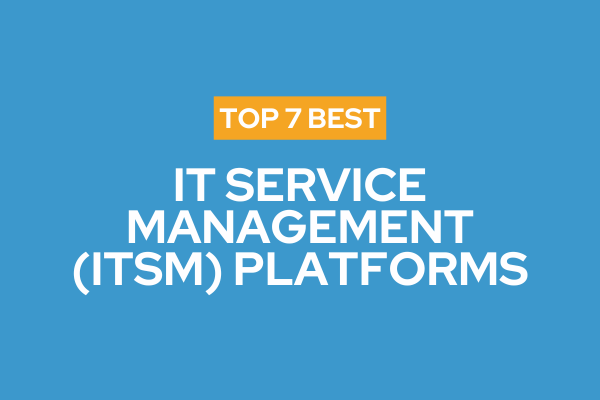
Explore the top 7 IT Service Management (ITSM) platforms that streamline IT operations, boost efficiency, ensure compliance, and drive business resilience.
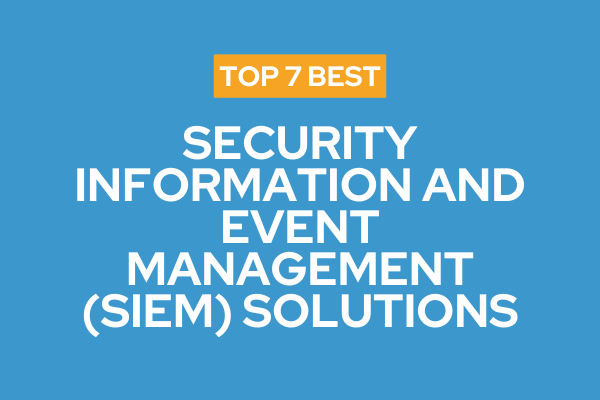
Find the best SIEM tools to detect threats faster, automate incident response, ensure compliance, and strengthen your organisation’s cyber resilience.
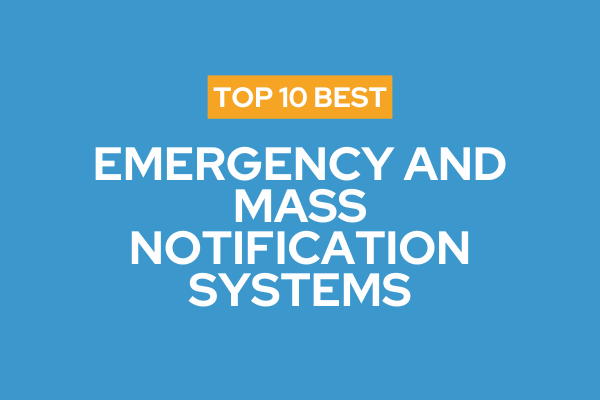
Discover the top 10 Emergency & Mass Notification Systems for 2025—features, use cases and benefits to speed alerts, protect people and maintain continuity.

Discover top risk and resilience software for manufacturing in 2025—SOAR automation, visibility, and compliance to protect uptime and supply chains.
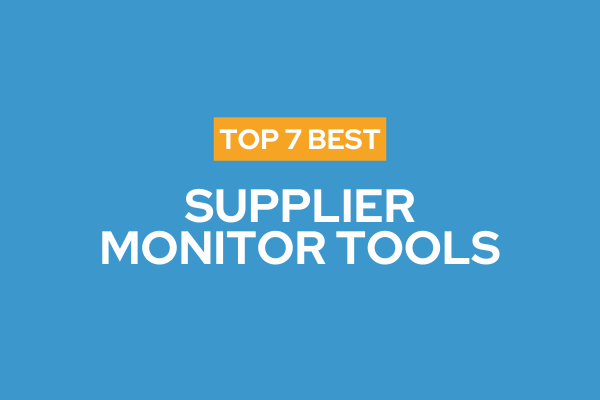
Compare the top supplier monitoring tools of 2025 and find the right software to enhance supplier visibility and protect your supply chain.